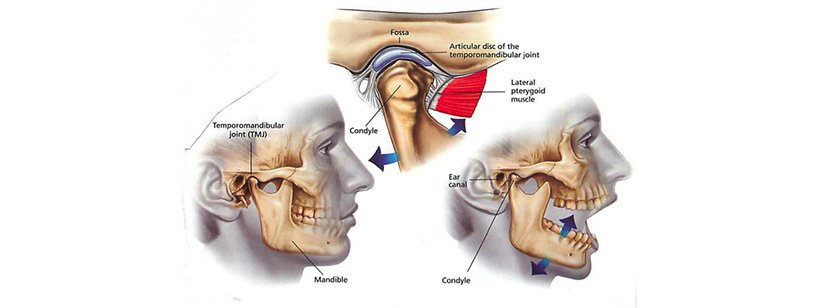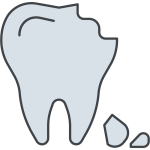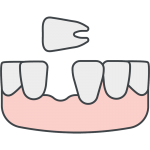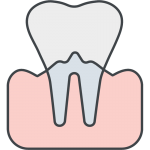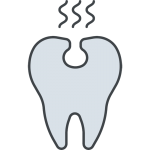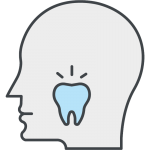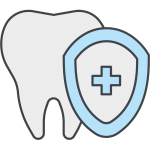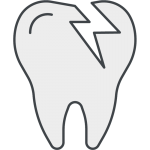What is the TemporoMandibular Joint?
The temporomandibular joint (or TMJ), as the name suggests, is the joint that connects your temporal bone on the skull, and the mandible (jaw bone).
This small area has had a lot of research and study, as it is a very interesting joint. And the problems associated with the joint can be complex, because it involves the inter-relationship of the joint itself to the muscles that open and close the jaw, various ligaments, nerves and of course, the teeth! When things work in harmony, it allows you to chew, talk, laugh and swallow with no problems.
However, when things do go wrong, it can disrupt your day so much in terms of enjoying your food, and sleeping! So below is just a small article to help you understand a bit more of the problems that can be associated with the jaw joint, and its possible solutions.
What is TemporoMandibular Joint Dysfunction Syndrome, or TMJPDS?
Temporomandibular joint pain dysfunction syndrome describes a variety of conditions which affect your jaw joint and muscles. It is usually a benign muscular condition so it is not harmful.
It is very common and you may have it on one or both sides. Many people may have some symptoms of TMJPDS, and only in a small number it causes pain.
What causes TMJPDS ?
TMJPDS is caused by many things acting together. For many years, it was thought that it was caused by the way your teeth are lined up and the way that they meet.
However, recent research has shown that misalignment of your jaw and teeth is not a major cause. Most of the discomfort comes from overusing your muscles and joints. There are many ways this can happen:
- Clenching your teeth together. You may do this when you are worried, stressed or depressed by some aspect of your life, such as relationship, financial, exam or illness worries.
- Grinding your teeth together. You may do this during the day or at night.
- Habits such as chewing pencils, biting your nails, holding things in your mouth and holding the telephone between your neck and shoulder.
- Overworking your jaw muscles by constant chewing, such as habitually chewing gum.
Will it get worse?
TMJPDS is a totally benign condition meaning that it is not harmful and does not cause any long-term damage. The symptoms tend to come and go, often feeling worse when you are anxious. Studies show that it does not get worse as you get older but is actually one of the few conditions, which often seems to get better.
What problems may I have?
- Jaw pain or soreness that may be worse when you wake up or at night
- Jaw pain when biting, chewing or yawning
- Clicking from your jaw joint when you move it
- Stiffness or locking of your jaw joint
- Earache
- Difficulty opening and/or closing your mouth
- Headaches
- Difficulty swallowing
How is TMJPDS treated?
There are many simple and effective treatments but no single cure. Studies have shown that up to 90% of patients of all patients will get better with some self care, exercises and using a customised hard bite guard to reduce the tension in their jaw muscles.
Occasionally, other types of treatment can help, such as adjusting the biting surfaces of your teeth, medication or gentle jaw exercises. It is very rare to need specialist dental care (orthodontics) or jaw joint surgery to correct TMJPDS.
What can I do?
Treatment is based around self-care – the more you help yourself, the more effective your treatment.
- Keep your teeth apart. The correct resting position for your jaw is to have your teeth slightly apart and your tongue resting on the floor of your mouth. This allows your jaw and muscles to rest and relax. Your teeth should only touch when you are chewing, swallowing and sometimes speaking.
- Avoid opening your mouth really wide.
- Avoid habits such as chewing your fingernails and gum.
- Avoid straining your neck and back with prolonged poor posture, for example, when you are working at a computer or a desk.
- Eat foods that you do not need to chew hard or for a long time.
- Do wear the hard bite guard if your dentist gives you one.
- Try to reduce the sources of stress in your life if possible and do more general physical exercise if you can.Do be patient – 9 out of 10 patients with TMJPDS get better by following these simple suggestions.


